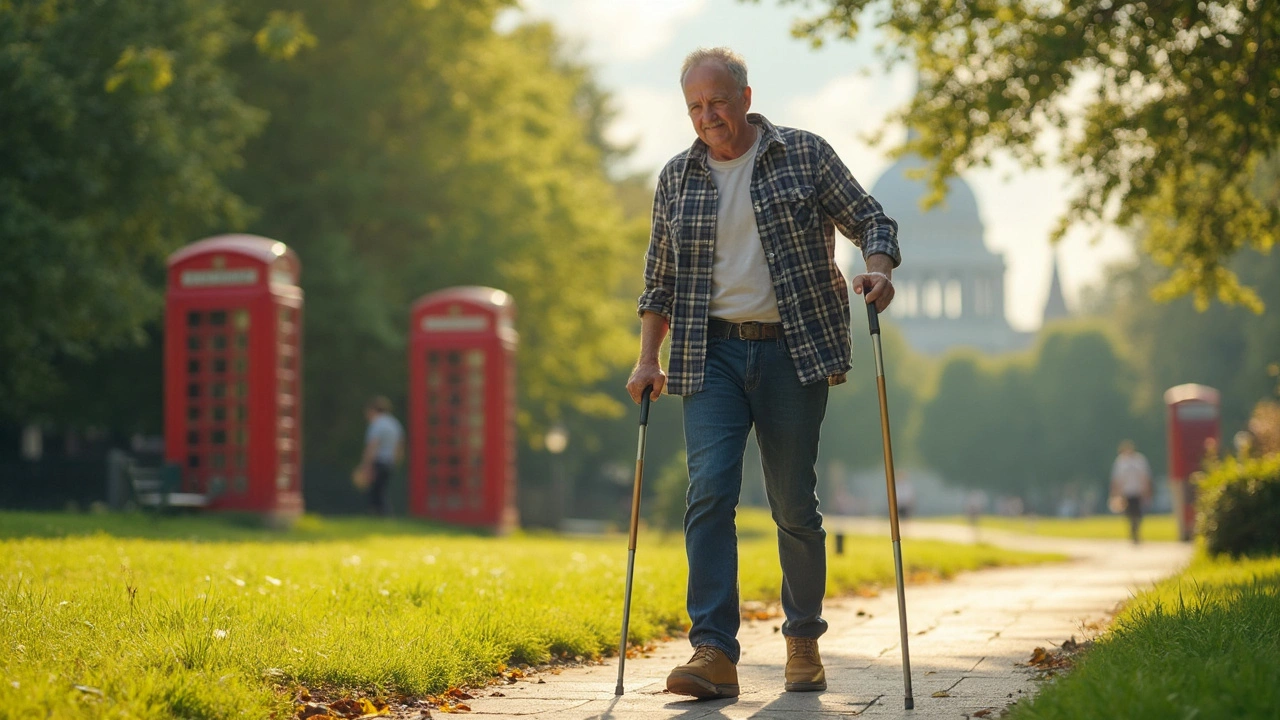Intermittent Claudication: What You Need to Know
Intermittent claudication is a term you might have heard if you've been dealing with leg pain during walking or exercise. Simply put, it happens when your leg muscles don't get enough blood flow, usually because of narrowed or blocked arteries. This leads to cramping or discomfort that typically eases with rest.
If you're noticing pain in your calves, thighs, or buttocks while moving around, and it disappears when you stop, it might be a sign of intermittent claudication. It’s often linked to peripheral artery disease (PAD), which narrows the blood vessels outside your heart and brain.
Spotting the Signs and Understanding the Causes
The most noticeable symptom is aching or cramping in the legs triggered by activity and relieved by rest. You might also experience numbness, weakness, or a feeling of heaviness in the legs. Smoking, diabetes, high cholesterol, or high blood pressure can increase your risk. These factors damage your arteries and make it harder for blood to flow smoothly.
Early recognition can make a big difference. If ignored, the condition may worsen and lead to serious complications like non-healing wounds or infections due to poor circulation. So, if you recognize these symptoms, it’s smart to get checked out by a healthcare provider.
Managing and Treating Intermittent Claudication
One of the first steps is lifestyle changes. Quitting smoking, exercising regularly, and eating heart-healthy foods can improve blood flow. Walking programs, especially supervised ones, encourage your body to build new blood vessels, easing symptoms over time.
Your doctor might also prescribe medications to control cholesterol, blood pressure, or prevent blood clots. In more severe cases, surgical options like angioplasty or bypass surgery can open up blocked arteries and restore circulation.
Don’t wait until the pain becomes constant. Early treatment can keep you moving comfortably and reduce risks of bigger problems. Stay active, manage your health, and keep an eye on those leg pains—they’re your body’s way of sending a signal.

Intermittent Claudication Foot Care: How to Keep Your Feet Healthy and Pain-Free
Intermittent claudication makes walking tough, especially if you’re dealing with leg pain and poor circulation. This article gives practical tips for healthy foot care, explains what intermittent claudication actually does to your feet, and shows you how daily habits can prevent wounds and infections. Learn how to spot signs that need a doctor’s attention and discover small changes to keep you moving.
